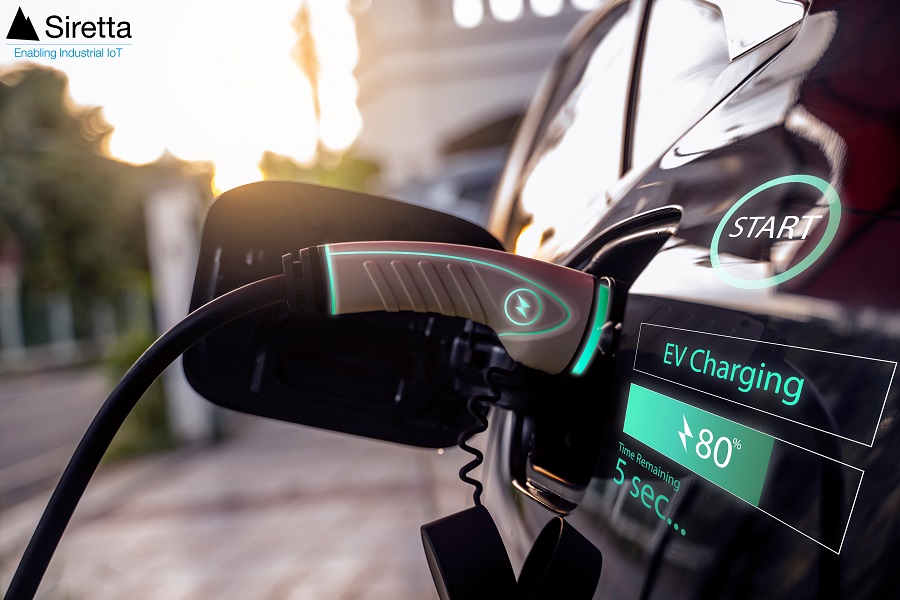The Growth of EVs in the UK
With the rapid growth of electric vehicles in the UK. Government incentives, improved battery technology, and growing environmental awareness have driven EV sales to record levels. The UK government has set ambitious targets to phase out new petrol and diesel vehicles by 2030, further emphasizing the importance of a robust EV charging infrastructure.
The Importance of Connectivity
One of the key challenges in establishing a reliable EV charging network is ensuring that stations are always connected and operational. Unlike traditional petrol or diesel refuelling, which relies on physical infrastructure for delivery, EV charging stations depend on data communication to manage operations effectively. This is where cellular networks come into play.

How Cellular Networks “Power” EV Charging Stations
1. Real-time Communication: EV charging stations are equipped with sensors and software that allow them to communicate with central management systems and, in some cases, directly with EVs. This communication enables real-time monitoring of station performance, billing, and remote troubleshooting. Cellular networks provide the necessary connectivity to ensure this data exchange happens seamlessly.
2. Payment Processing: When a driver plugs their EV into a charging station, they need a secure and efficient way to pay for the electricity they use. Cellular networks facilitate payment processing by connecting the station to payment gateways, enabling drivers to make transactions using various methods, such as RFID payment cards or mobile apps.
3. Firmware Updates: To ensure the longevity and efficiency of charging stations, manufacturers often release firmware updates. Cellular networks make it possible to remotely distribute and install these updates across a network of charging stations, eliminating the need for physical visits to each station.
4. Monitoring and Maintenance: Cellular networks are used by charging station operators to monitor the health and operation of their whole network in real time. Any problems or malfunctions may be discovered and resolved quickly, reducing downtime and inconvenience for EV drivers.
5. Scalability: As the number of EVs on the road continues to grow, the charging infrastructure needs to expand accordingly. Cellular networks offer a scalable solution, allowing operators to add new charging stations and integrate them seamlessly into the existing network.
Future Developments
We are here to support and guide our customers through this exciting journey by using Siretta products, such as our SNYPER or SENTRY Network Analysers in order to make a firm business choice of Network Operator, and then utilising cellular networks by choosing our vast range of Modems and Routers complimented with the most optimum antenna.
The next time you charge your EV, remember that it’s not just electricity flowing through those cables; it’s also the power of cellular networks connecting you to a cleaner and more sustainable future.

